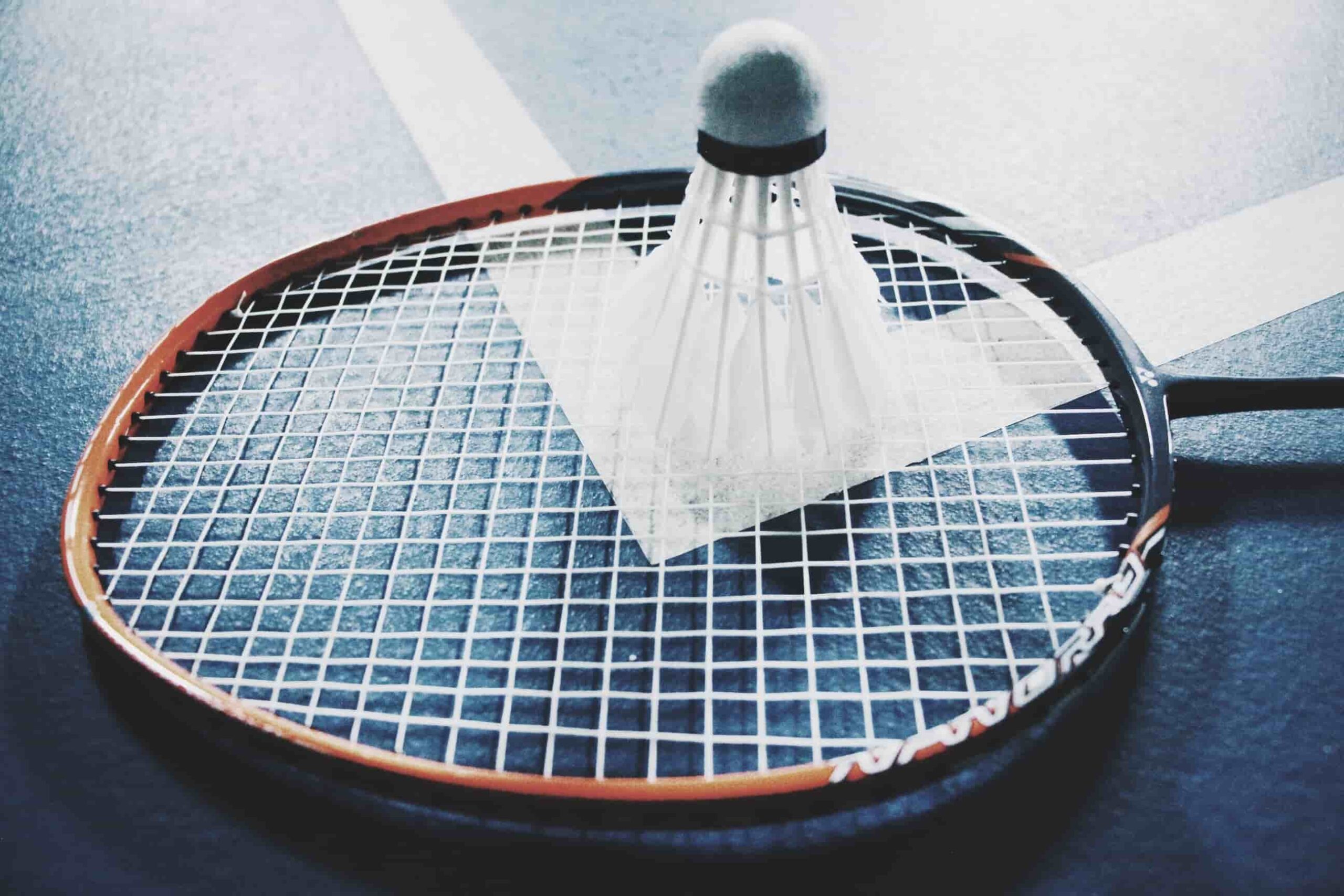Introduction:-Badminton, a sport that combines agility, precision, and strategy, has captured the hearts of millions around the world. Whether you are a seasoned player or a beginner eager to learn, understanding the rules is crucial for an enjoyable and fair game. In this comprehensive guide, we will delve into the intricate details of badminton rules, covering everything from court dimensions to scoring, and highlighting the nuances that make this sport both challenging and exhilarating.
The Basics
1. The Court
Dimensions:
The badminton court is a rectangular space divided into two halves by a net. The standard dimensions for a singles court are 17 feet in width and 44 feet in length, while a doubles court is wider, measuring 20 feet. The net is positioned at the center, creating a height of 5 feet at the edges and 5 feet 1 inch at the center.
Lines:
The court is marked with various lines, each serving a specific purpose:
- Baselines: These are the lines at the ends of the court, parallel to the net.
- Sidelines: These run perpendicular to the net, defining the width of the court.
- Service Lines: These are the lines parallel to the net, 6 feet 6 inches from the net. They delineate the area where the shuttle must land during service.
2. Equipment
Shuttlecock:
The shuttlecock, or simply “shuttle,” is a feathered or synthetic projectile used in badminton. It consists of a cork base with 16 feathers or a synthetic skirt. The feathers are arranged in a cone shape to ensure stable flight.
Racket:
Badminton rackets are typically made of lightweight materials such as carbon fiber or aluminum. The strings must form a pattern of overlapping, not exceeding 0.74 cm in width. The overall length of the racket should not exceed 68 cm, and its width should not exceed 23 cm.
3. Scoring
Badminton uses a rally scoring system, meaning a point is scored on every serve, regardless of which side serves. The first side to reach 21 points wins a game, and a match is usually the best of three games.
Serving and Receiving:
- The server must stand within their service court, with the shuttlecock below the waist.
- The serve must be diagonal, crossing the net to the opponent’s service court.
- If the serving side wins the rally, the server continues to serve. If the receiving side wins, they become the new server.
Scoring System:
- A point is scored when the shuttlecock lands in the opponent’s court or if the opponent commits a fault.
- If the score reaches 20-20, the side that scores two consecutive points wins the game.
- If the score reaches 29-29, the side that scores the 30th point wins the game.
Gameplay Rules
1. Serving
Faults:
Several faults can occur during the serve:
- Failure to hit the shuttlecock below the waist.
- The shuttlecock landing outside the diagonally opposite service court.
- Stepping on or over the service boundaries during the serve.
Change of Ends:
Players change ends after the first game and when the leading score reaches 11 in the third game.
Elevate your game with our comprehensive guide to Diving and Horse shoepitching equipment, and advanced techniques. Dive into the world of sports excellence
2. In-Play Rules
Rally:
- The shuttle must be hit below the waist.
- Each side may hit the shuttle once before it passes over the net.
- The shuttle may not touch the ground during play.
Doubles Play:
- In doubles, each team has one player in the front and one in the back.
- The serving order is determined at the beginning and remains unchanged throughout the game.
Let:
- A let is called if the shuttle hits the net during a serve and lands in the correct service court.
- A let is also called in case of any unforeseen disturbance or if the referee is unsure about a call.
3. Faults
Foot Faults:
- A foot fault occurs if the server’s feet are not in the correct position during the serve.
- During play, stepping on the boundaries or into the opponent’s court results in a fault.
Other Faults:
- Hitting the shuttlecock outside the boundaries.
- Touching the net with the body or racket.
- Obstructing the opponent’s view or movement intentionally.
4. Line Calls and Challenges
Line Calls:
Players and officials make line calls during the game. If there is uncertainty, the players can request a decision from the umpire.
Challenges:
In some tournaments, players are allowed a limited number of challenges per game using Hawk-Eye or a similar technology for line-call reviews.
Code of Conduct
1. Sportsmanship
Respect:
Players must show respect to their opponents, officials, and the audience. Unsportsmanlike conduct, such as verbal abuse or racket throwing, is penalized.
Timeout:
Players are allowed one 60-second timeout per game.
2. Penalties
Yellow and Red Cards:
- A yellow card is a warning for misconduct. Two yellow cards result in a red card.
- A red card results in the loss of a point.
Expulsion:
Serious misconduct, such as physical aggression, may result in expulsion from the tournament.’
Elevate your game with our comprehensive guide to Diving and Horse shoepitching equipment, and advanced techniques. Dive into the world of sports excellence
Conclusion
Badminton, a sport that demands skill, agility, and strategic thinking, has a rich set of rules that ensures fair play. Whether you’re a casual player or aspiring to compete at a professional level, understanding these rules is essential for an enjoyable and competitive experience on the court. So, grab your racket, step onto the court, and let the shuttlecock soar as you navigate the intricacies of badminton rules with finesse and precision. Happy playing!

